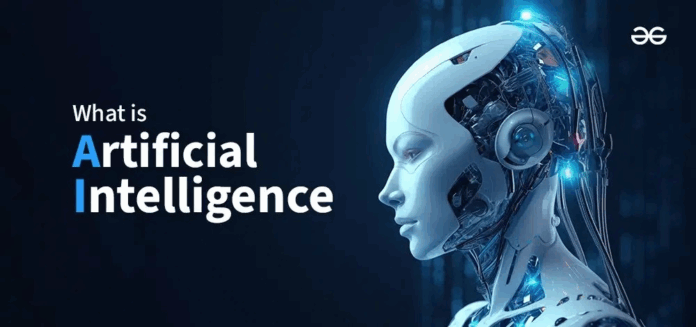By Funminiyi Philips
In today’s digital age, cybersecurity threats are becoming increasingly sophisticated, making it challenging for traditional security systems to keep up. However, with the advent of artificial intelligence, organisations can now enhance their threat detection and response capabilities.
Isu Momodu Abdulrauf, from MerkleFence, said, “AI is revolutionising cybersecurity by providing a proactive defence against emerging threats.”
AI greatly improves cybersecurity by analysing large amounts of data to identify patterns and anomalies, enabling real-time threat detection and response. This allows organisations to strengthen their defences in several key ways.
AI-powered systems can detect threats that traditional security might miss, reducing cyber-attack risks. They identify subtle patterns and anomalies, helping organisations stay ahead of potential threats.
AI also automates incident response, quickly reducing the time between detection and mitigation, which minimises damage from cyberattacks and limits data breaches, financial losses, and reputational harm.
Additionally, AI’s predictive analytics enables organisations to anticipate and prevent potential cyber threats, taking proactive measures to enhance their security.
The use of AI in cybersecurity provides several important benefits that help organisations protect themselves from cyber threats. One major advantage is speed, as AI can quickly analyse large amounts of data and detect threats in real-time, faster than humans.
This fast detection allows organisations to respond quickly to new threats, reducing potential damage. AI also reduces false alarms by learning from data and identifying real threats, which helps security teams focus on actual issues.
Also, AI saves costs by reducing manual monitoring and investigation, lowering labour costs and allowing teams to focus on complex problems. Most importantly, AI enables proactive defence by predicting potential threats, allowing organisations to take steps to prevent attacks and strengthen their cybersecurity.
AI is used in many ways to improve cybersecurity and protect organisations from cyber threats. One important use is detecting phishing emails, where AI-powered tools analyse email content to identify suspicious patterns and potential threats.
AI also helps network security by monitoring traffic and behaviour to detect potential breaches. AI has the capability to enhance endpoint protection by assessing device behaviour and responding to threats in real-time.
Furthermore, AI can integrate threat intelligence to improve defences and stay ahead of new threats.
With these tools, organisations can greatly improve their cybersecurity and defend against many threats.
The future of AI in cybersecurity looks very promising, with ongoing advancements expected to bring even more innovative solutions. As AI technology continues to evolve, we can expect significant developments that will further improve cybersecurity capabilities.
For example, Generative AI will allow security teams to simulate and model potential attack scenarios, helping them better understand and prepare for threats. Additionally, Explainable AI will provide transparency into how AI-powered systems make decisions, building trust and confidence in these systems.
These advancements will not only make cybersecurity measures more effective but also enable organisations to stay ahead of emerging threats and strengthen their defences.
AI is transforming cybersecurity by helping organisations stay ahead of new threats. With AI-powered solutions, you can better detect and respond to attacks, reducing cyber risk. AI is a crucial tool in fighting cybercrime, and organisations need it to stay protected.
Funminiyi B. Philips is a cybersecurity enthusiast. He can be reached on LinkedIn via https://www.linkedin.com/in/funminiyi-b-philips





vpje8k